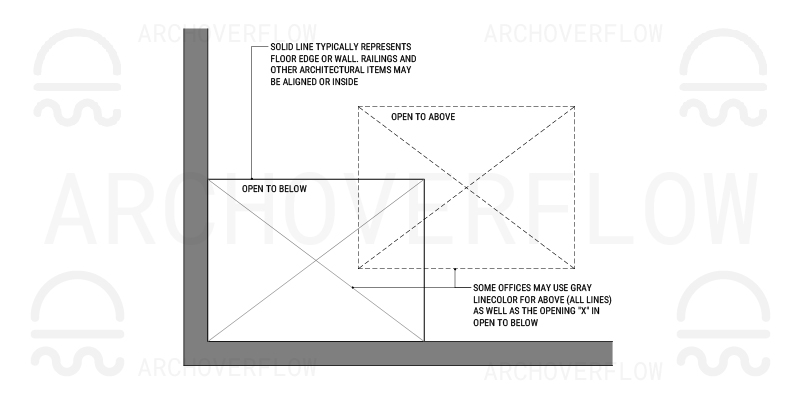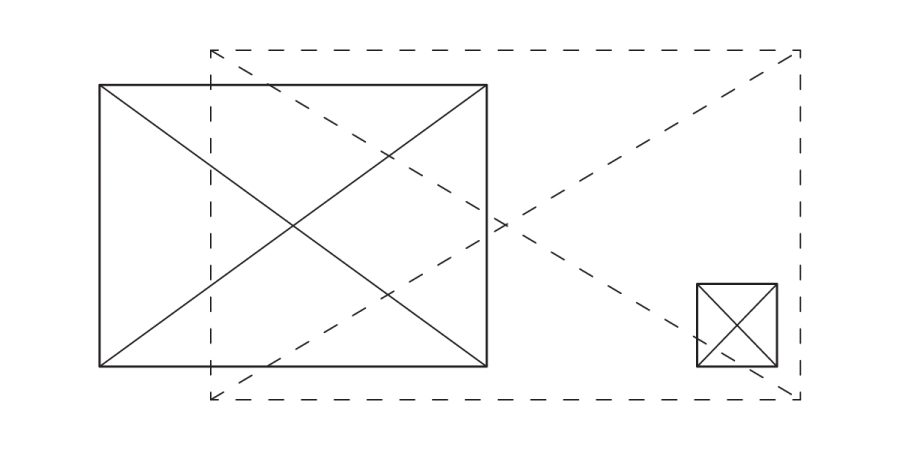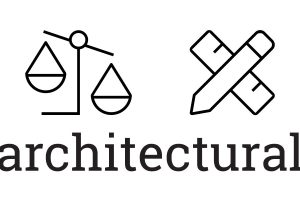Introduction
Once and for all, open to below, open to above… What are the graphics?
General Note: Read in tandem with our Graphics, Standards, & Industry Consistent Page.

Open to Below
As open to below is showing something in plan that is encompassed within the view range, the opening is drawn by a solid line. Typically drawing an X from the further most points that you can. For L-shaped or awkward polygon spaces, it’s common to include multiple X’s that fully encompass the area. This will be true for open atrium spaces below, shafts, chases, and other similar spaces.
Open to Above
Open to above, typically represented by a dashed line. This dashed line will outline the scope of open area above such as a two story space above like an atrium, or any other graphic item needed to delineate in plan such as the edges of soffits or architectural elements.
In many programs such as revit, these lines should be labeled as “above”, which will have a different dash density than hidden or other dashed linetypes.
In general dashed line types always represent something that is ‘hidden’ or ‘not seen’ such as boundary constraints of objects, clearances, etc. These linetypes match the ‘open to above’ concept as the space above (when viewing a plan) is something that cannot be seen.






Leave a Reply
You must be logged in to post a comment.